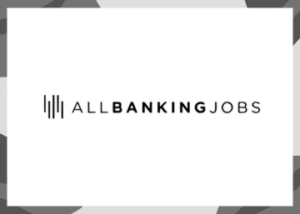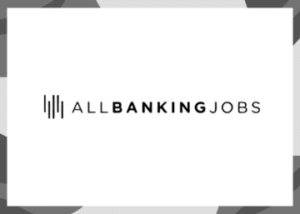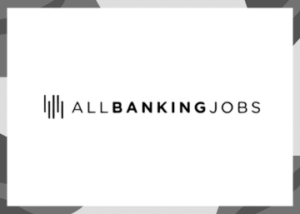The FAR Consequences for ANZ: A Comprehensive Examination
The banking sector, more than any other industry, is a delicate ecosystem that relies heavily on trust, credibility, and a robust regulatory environment. In this context, one of the recent developments that has attracted significant attention is the Financial Accountability Regime (FAR) and its implications for ANZ, one of Australia’s largest banking institutions.
Understanding the Financial Accountability Regime (FAR)
Before delving into the specifics of the ANZ situation, it’s important to understand what the Financial Accountability Regime (FAR) is. The FAR is a regulatory initiative designed to increase accountability in banking and financial services. The regime’s objective is to ensure that there are clear lines of responsibility and accountability within financial institutions, and that senior executives are held accountable for their actions and decisions.
ANZ and the FAR: A Crucial Intersection
ANZ, a titan of the Australian banking industry, is among the institutions most directly affected by the FAR. The ramifications for ANZ have been significant, impacting various aspects of the bank’s operations, ranging from governance and compliance to risk management.
The FAR has prompted ANZ to reevaluate their operational structure and business practices to ensure compliance with the new regulatory standards. This has involved reviewing their accountability structures, updating their governance frameworks, and enhancing their risk management processes.
The Consequences: A Closer Look
The FAR consequences for ANZ are multi-faceted. On the surface, they involve financial implications, but on a deeper level, they also impact the bank’s overall business strategy and corporate culture.
Financially, the new regime has led to increased costs for ANZ. This is due to the need for enhanced compliance procedures, more comprehensive reporting, and increased scrutiny from regulatory bodies.
Strategically, the FAR has required ANZ to rethink its risk management strategies. This includes taking a more proactive approach to identifying potential risks, implementing more stringent controls to mitigate these risks, and fostering a culture of accountability and transparency.
Building Trust: The Silver Lining
While the FAR consequences for ANZ have been challenging, they also present an opportunity for the bank. By aligning with the FAR’s principles, ANZ has the potential to build greater trust with its stakeholders. This trust, born out of transparency and accountability, can engender stronger customer loyalty and enhance the bank’s reputation in the long run.
Furthermore, the FAR has also catalyzed ANZ to enhance its corporate governance and risk management frameworks. This can lead to more robust decision-making processes and ultimately, a stronger and more resilient bank.
Conclusion
While the FAR consequences for ANZ have been significant, they are part of a broader shift towards greater accountability in the banking sector. This shift, while challenging, has the potential to strengthen the industry as a whole and foster greater trust amongst stakeholders.
As the saying goes, “With great power comes great responsibility”. In the world of banking, the FAR represents this responsibility, and institutions like ANZ are stepping up to meet it.
For more detailed information about this topic, click Here.






